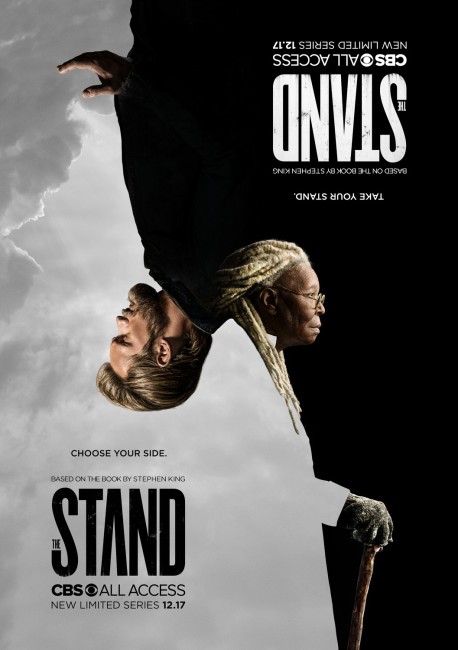USA. 2020-2021.
Crew
Directors – (Episode 1&9) Josh Boone, (Episodfe 2) Tucker Gates, (Episodes 3&4) Bridget Savage Cole & Danielle Krudy, (Episode 5&6) Chris Fisher & (Episode 7&8) Vincenzo Natali, Teleplay – (Episodes 1 & 2) Josh Boone & Benjamin Cavell, (Episode 3) Jill Killington & Owen King, (Episode 4) Benjamin Cavell, Erick Dickinson, Jill Killington & Owen King, (Episode 5&6) Jill Killington & Knate Lee, (Episode 7) Owen King, (Episode 8) Benjamin Cavell & Taylor Elmore & (Episode 9) Stephen King, Developed by Josh Boone & Benjamin Cavell, Based on the Novel by Stephen King, Producers – Jake Braver, Jill Killington, Owen King, Knate Lee & Stephen Welke, Photography – (Episode 1,3&7-9) Thomas Yatsko, (Episode 2) David Stockton & (Episode 5&6) Elie Smolkin & David Stockton, Music – Mike Mogis & Nathaniel Walcott, Visual Effects Supervisor – Jake Braver, Visual Effects – Exceptional Minds (Supervisors – Kenneth Au & Immanuel Morris), Folks (Supervisor – Laurent Spillemaecker), Important Looking Pirates (Supervisor – Martin Hernblad), Industrial Light and Magic (Supervisor – Lauren Hugueniot), Phosphene (Supervisor – John Bair), Spin VFX (Supervisor – Andrew McPhillips), Wylie Visual Effects (Supervisor – Mag Sarnowska) & Zoic Studios (Supervisor – Richard Patterson), Special Effects Supervisors – Dan Keeler & Robert Paller, Makeup Effects – Lindala Schminken FX Inc., Production Design – Aaron Haye. Production Company – CBS Studios.
Cast
James Marsden (Stu Redman), Odessa Young (Frannie Goldsmith), Owen Teague (Harold Lauder), Alexander Skarsgård (Randall Flagg), Jovan Adepo (Larry Underwood), Amber Heard (Nadine Cross), Whoopi Goldberg (Mother Abigail Freemantle), Nat Wolff (Lloyd Henreid), Brad William Henke (Tom Cullen), Greg Kinnear (Glen Bateman), Henry Zaga (Nick Andros), Irene Bedard (Ray Brentner), Gordon Kyle Diez Cormier (Joe), Natalie Martinez (Dayna Jurgens), Katherine McNamara (Julie Lawry), Ezra Miller (Trashcan Man), Heather Graham (Rita Blakemoor), Hamish Linklater (Dr Jim Ellis), J.K. Simmons (General William Starkey), Gabrielle Rose (Judge Harris), Angus Sampson (Garvey), Nicholas Lea (Norris), Eion Bailey (Teddy Weizak), Clifton Collins Jr. (Bobby Terry), Jeremy Jones (Andrew ‘Poke’ Freeman), Fiona Dourif (Rat Woman), Olivia Cheng (Dr Sylvia Wen)
Plot
It is the aftermath of an apocalypse where the world has been wiped out by a deadly virus nicknamed Captain Trips. There have been only a scattered handful of survivors. These received dreams, drawing them into either of two camps – those who settled in Boulder, Colorado led by 101-year old Mother Abigail Freemantle, and all the criminals and crazies who were drawn into the thrall of the demonic envoy Randall Flagg who has set up camp in Las Vegas. As they face traitors within the fold, the people of Boulder try to ascertain ways of finding what Flagg is planning.
I am convinced The Stand (1978) is the greatest novel Stephen King has ever written. It was King’s fourth novel and traces an epic destiny between assorted individuals in the aftermath of a viral apocalypse where they are drawn between two camps, one consisting of all the decent people who are led by a divinely inspired old woman and the other side led by the demonic Randall Flagg who draws all the social outcasts, crazies and criminals to him in the ruins of Las Vegas.
George Romero struggled to make a two-part adaptation of the book during the early 1980s but was defeated by the sheer size of the work (it is King’s second longest book). Back then the idea of a film released in two parts or as a multi-film series was unheard of, although the collaboration between Romero and King did see them go on to make the witty Creepshow (1982). The book finally made it to the screen as The Stand (1994), a tv mini-series that aired in four segments of two hours apiece. This had a script by King and was expectedly faithful to the book. It was also a disaster that killed everything the book had. The problem was that the mini-series was handed to Mick Garris, a regular director of King’s works, whose clod handed lack of subtlety and obsession with lunging jumpshocks killed the story dead in the water. The mini-series cracks me up every time I watch it for its utterly ridiculous scene with Laura Sam Giacomo as Nadine riding through the desert on a pink motor scooter.
Certainly, the present is likely to be a far better time for a new version of The Stand. Ever since The Lord of the Rings and The Hunger Games films, the idea of a story stretched across multiple films has been seen as far more commercially acceptable. The last few years have also seen a plethora of single novels drawn out over the entire season or multiple seasons of a tv series with the likes of Hannibal (2013-5), American Gods (2017-21), The Handmaid’s Tale (2017– ) and King’s own Mr Mercedes (2017-9).
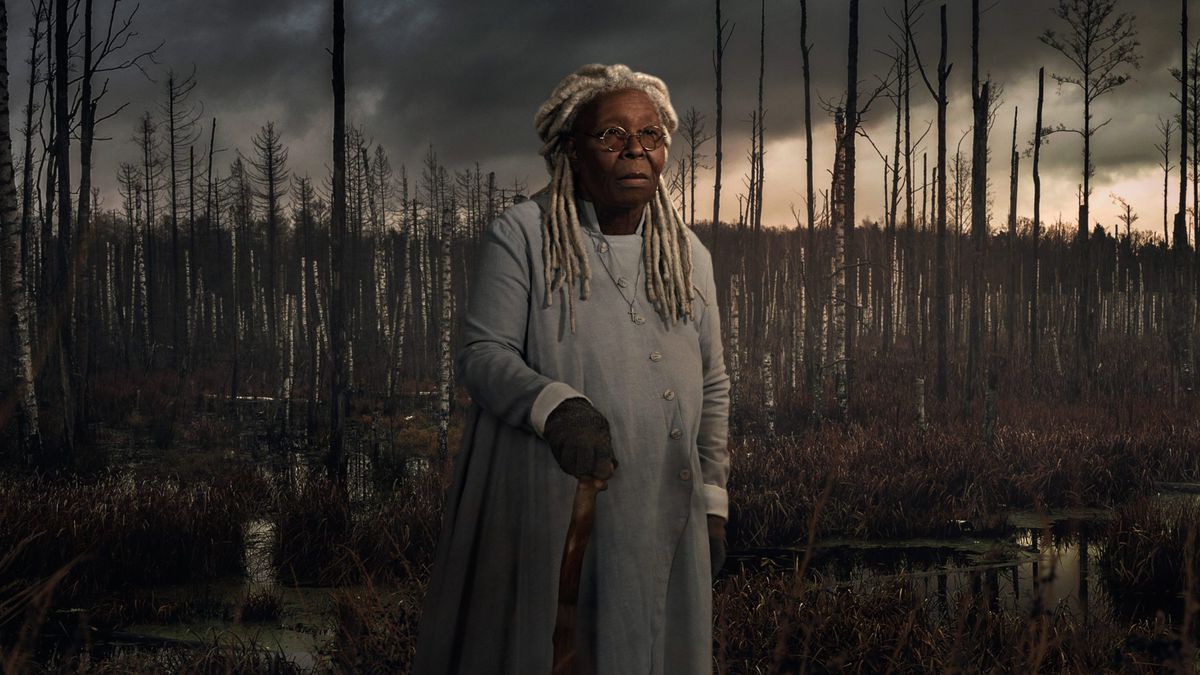
I would have love to have seen The Stand as a magnificent Game of Thrones (2011-9) type series that let its beats play across a large canvas as we see characters gradually coming together towards an epic showdown – Captain Trips and the aftermath could have made a whole first season, building up as the survivors start to come together and see the purpose uniting them, while the second could be set around the reconstruction of life in Boulder and the epic showdown in Las Vegas. For all that, this version of The Stand only ends up told in nine episodes of around 45 minutes each, coming in at 8½ hours only a third longer than the 1994 series’ six hour runtime.
The new mini-series comes from Josh Boone who had previously directed the romantic films Stuck in Love (2012) and the hit The Fault in Our Stars (2014) before entering genre material with the critically derided X-Men film The New Mutants (2020). Boone’s creative partner on the show is Benjamin Cavell, a producer, creator and writer on tv shows such as Justified (2010-5), Sneaky Pete (2015-9) and SEAL Team (2017- ). Directorial duties are broken between various directors including the duo of Bridget Savage Cole and Danielle Krudy who had previously made Blow the Man Down (2019); Tucker Gates, a regular tv director since the 1990s on a long line of shows; Chris Fisher who made two true-life serial killer films with Nightstalker (2002) and Rampage: The Hillside Strangler Murders (2006), as well as S. Darko (2009) and the quite good Meeting Evil (2012). The most high-profile name is that of Canadian director Vincenzo Natali, known for films like Cube (1997), Cypher (2002), Nothing (2003), Splice (2010) and the previous Stephen King adaptation In the Tall Grass (2019).
I really wanted to hope that the new version of The Stand would be the standout version of the story that I have been waiting for and would erase all bad memories of the 1994 tv mini-series. However, I ended up disappointed with the thoroughly unexceptional results we get. The phrase ‘unfilmable’ has been tossed around at various books and it could well be that this is true of The Stand as well.
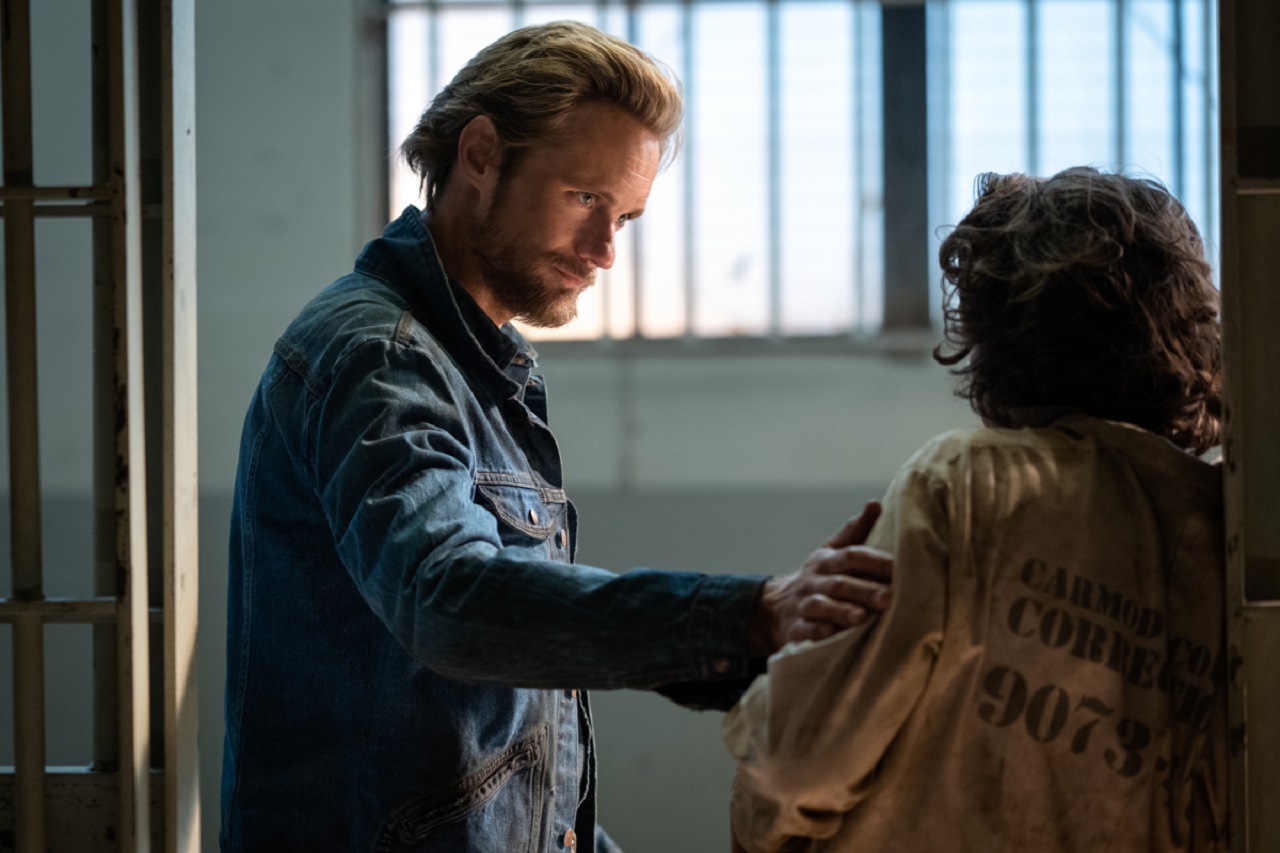
The most frustrating thing about the tv series is that it opens in the middle of the book – with the survivors already arrived and set-up in Boulder – and where the entire first half of the book now plays out in flashback. It makes for one of the most confusing adaptations of a book I have ever encountered. It is the sort of the thinking “Who cares about lead-in in a story? Let’s cut to the chase.” Imagine if George Lucas had decided all the scenes on Tattooine in Star Wars (1977) were too slow and started the film on the Death Star and had everything else told as flashback. Or if Peter Jackson had started The Lord of the Rings in the lead-up to the Battle of Helm’s Deep and had all the establishing scenes with the Shire and Council of Elrond told in flashback. After watching the series, I am unable to discern any purpose that was served by messing around with the narrative order of the book. Not to mention how confusing this is to anybody who comes to the series as a fan of the book.
As a result, what is now missing or diminished is the great epic arc of the book where we see a group of diverse people being drawn by prophetic purpose into two camps of good and evil. The scripting is faithful to the characters for the most part and the two camps are there but the mini-series has little interest in depicting either the viral apocalypse or the survivors’ journey as they are drawn across the American continent by prescient dreams. Instead what we get feels like a muddled attempt to emulate tv’s Lost (2004-10) ie. we see the aftermath of a disaster and the survivors’ attempts to piece life together, which is contrasted with flashbacks to the survivors’ backstories.
Furthermore, the rearrangement of the story tends to give emphasis to aspects that are not that important to the book. Harold’s building of the bomb and its detonation, for example, is dragged out for six of the eight episodes. (By contrast, King devotes only three of the book’s 78 chapters to the bomb). Similarly the journey of the spies to Las Vegas and Flagg’s determination to find them is dragged out over multiple episodes, far more than in the book. By contrast, the opening scenes with the journey of the characters to their respective destinations in the aftermath of the apocalypse, which takes up nearly the first half of the book (some fifty chapters), is stripped back to a minimum – here the apocalypse and the gathering of the characters is all over and done with by Episode Four.
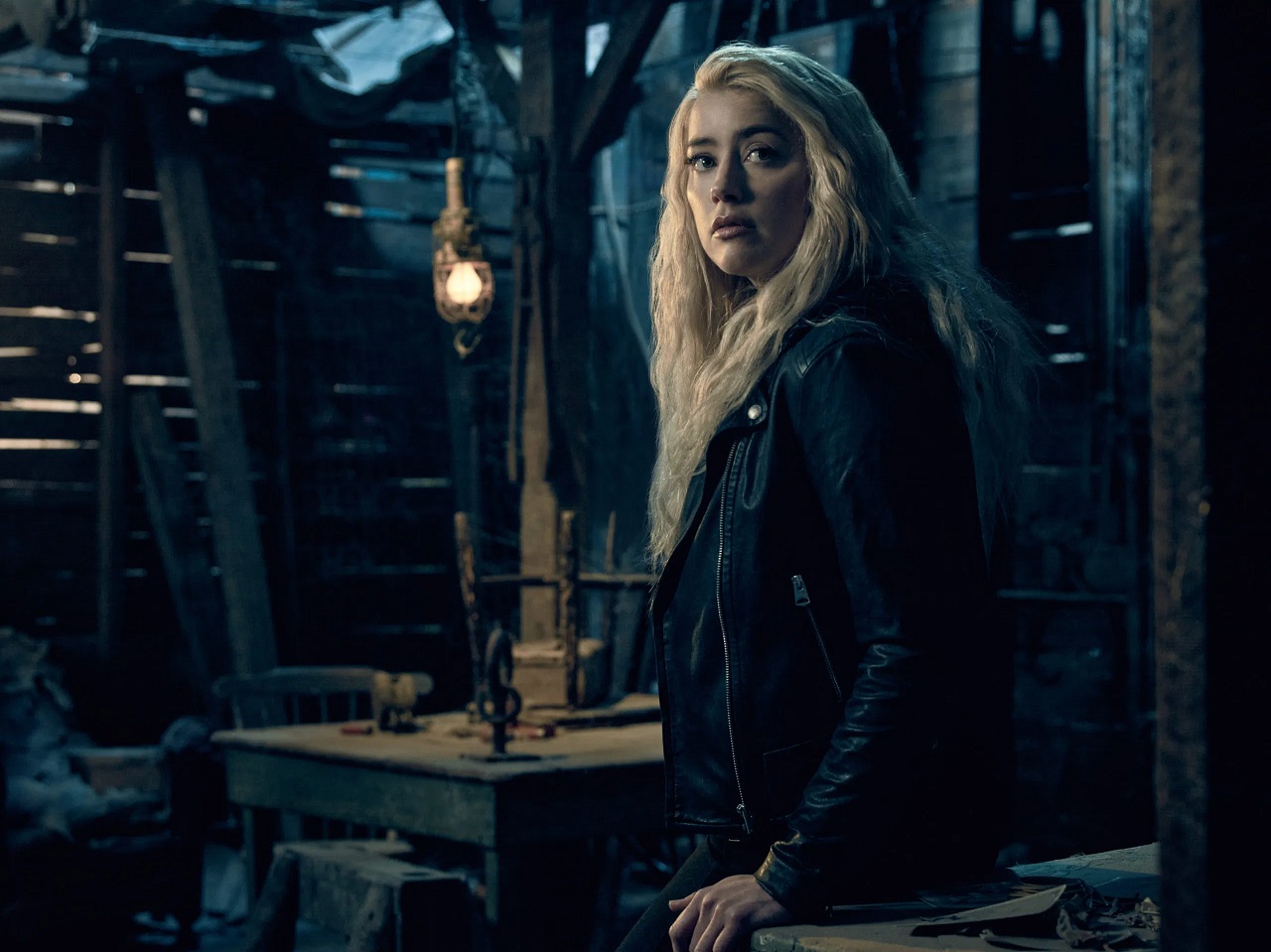
There are occasional moments where the mini-series shines through and does things far better than the 1994 mini-series – Flagg’s appearance to Lloyd in jail after he has eaten a rat and the flesh of his dead cellmate; Larry’s nightmare journey through the sewers of New York. There’s even a decent original scene where Glen Bateman stands up in the courtroom and taunts Lloyd into shooting him. I still have major issues with many of the implications that King leaves us with in the book – that the war between good and evil is something that only happens in America (ie. what about the rest of the world?), or that people with mental health issues and from damaged backgrounds automatically gravitate towards the camp of evil.
On the other hand, there are some downright awful new additions. Throughout you are constantly gritting your teeth because the series’ writers, which include King’s son Owen, seem to assume they know better than King and try and improvise scenes or reinterpret them in different ways with expectedly failed results. One of these is the laughable scene where the mini-series tries to give some backstory to Nadine and we see her as a child conducting a seance where the planchette goes flying and she scratches words in the wooden floor (you really have to see it to see how ridiculous it is). Or the scene in Vegas where Lloyd has a threesome but gets a soft-on at one of the girls’ taunting him with the mention of Flagg’s name.
There’s also the final episode, which junks the great emotional ending the book had. In the book, Stu survives the nuclear apocalypse of Las Vegas and makes it home despite his broken leg with the aid of Tom Cullen who is himself aided by the ghost of Nick Andros, requiring the two of them to hold up over the winter in the mountains, before returning home for the birth of the baby and the promise of renewal. The eighth episode ends with the apocalypse and Tom finding Stu through the smoke cloud but the ninth episode opens with Stu abruptly returning to Frannie in Boulder and all of the long journey in between omitted.
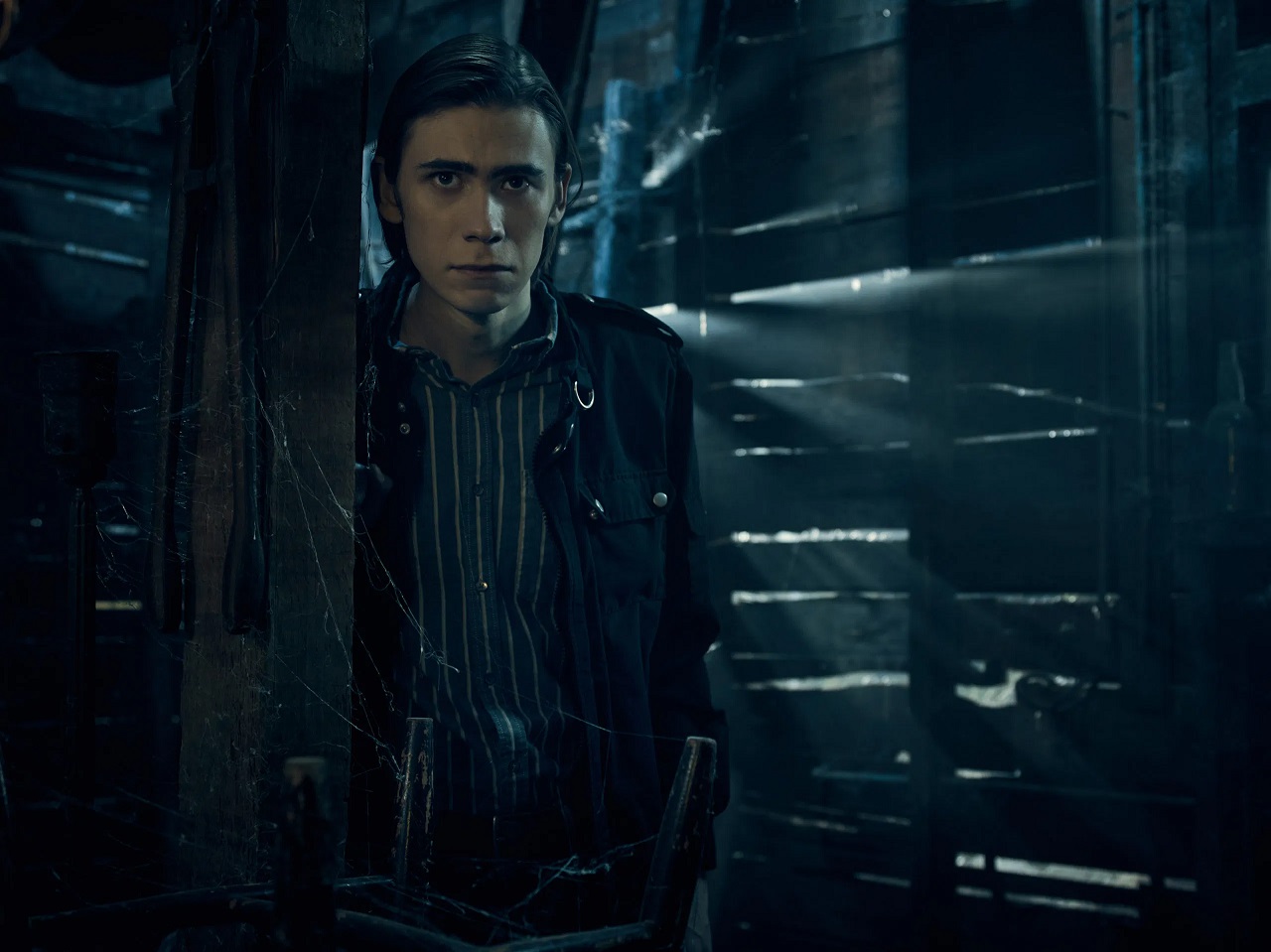
There is also the ninth episode (scripted by King himself) that creates an entirely new epilogue to the story where Stu, Fran and the new baby go on a road trip back to Ogunquit, Maine. They stop off at a farmhouse and Frannie falls down a well while Stu is caught with a flat tire on his return from a supply run to the nearby town. There she has vision of a girl that we take to be a young Mother Abigail followed by Flagg who asks Frannie for a kiss as the price of saving the life of Stu and her son, which she roundly rejects. This is not uninteresting, although the coda of the episode with a nude Alexander Skarsgård approaching the native tribe gets back to pink motor scooter moments (even if it is a scene that does appear as epilogue in the unabridged version of the book).
The casting is certainly far better than the 1994 version in almost all cases. Fran, Harold and Stu are all about the right ages and a reasonable facsimile of their versions on the printed page. There has been far more effort to open up the casting to diversity – several of the roles (Ray Brentner, Judge Harris) are now played by women, for instance. The character of Larry Underwood is now recast with a Black actor, which makes much more sense than the way King wrote Larry, a white guy dabbling in R&B music. On the other hand, Ray Walston was the far better Glen Bateman and a vaping Greg Kinnear seems about thirty years too young for the part. I never bought Miguel Ferrer as Lloyd but Nat Wolff here seems all of about the age of eighteen, not the seasoned criminal we had in the book.
The mini-series’ enormous casting success is Alexander Skarsgård as Flagg. Skarsgård’s sardonic, dryer-than-dry delivery is absolutely perfect for the role (although for some reason he is given a hairstyle that makes it look as though he has a small furry animal on the top of his head throughout). Amber Heard steps up and makes the part of Nadine sizzle in her scenes seducing Harold (and makes one almost forget about Laura San Giacomo and pink motorcycle in the 1994 series). On the other hand, any effectiveness Amber Heard may have had as Nadine is surely killed when we see her turn up as Flagg’s bride in Vegas and the ridiculous image of her in a wedding dress, severely pregnant and made up like a pantomime ghost. (I far preferred King’s conception where sleeping with Flagg caused her mind to snap).
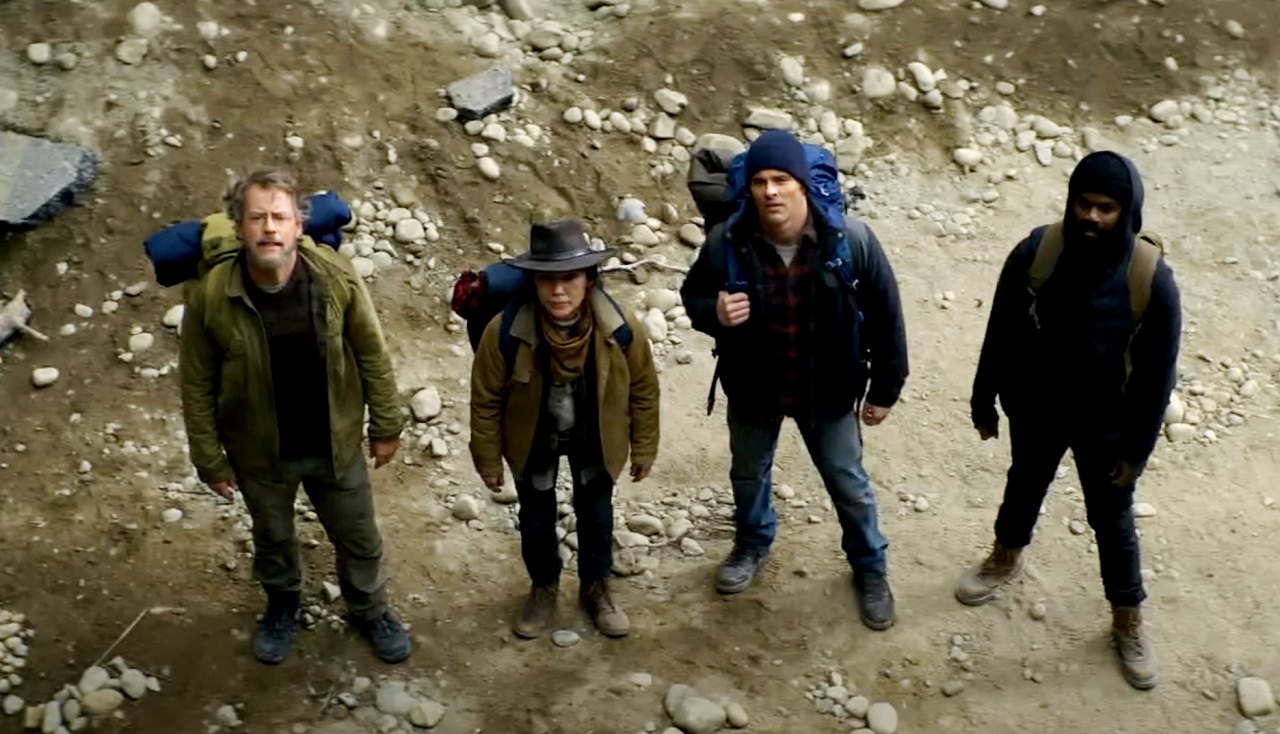
The most misguided of the rewritings is that Tom Cullen is no longer intellectually handicapped but has to announce to everyone he has ADHD, which only ends up being insulting to anyone on the spectrum. Nick Andros is another character who is almost entirely sidelined. He is one of the most sympathetic characters in the book but his backstory is reduced to an overblown bar fight (where he additionally gets to lose an eye, which he never did in the book) and a single scene in a hospital. The series seems to want to put Nick on a pedestal and make him Mother Abigail’s voice but then gives him nothing to do, moreover writes out his reappearances following his death. The character of Trashcan Man is almost entirely sidelined to the point that anyone watching the series without reading the book is simply going to be going “Who is this freak?”
I couldn’t quite suspend my disbelief to accept Whoopi Goldberg in the role of Mother Abigail but maybe that came from me having experienced Goldberg in a series of comedy roles. Mother Abigail is a present but never seems to radiate the saintly wisdom King invests her with. Or maybe that is just the fact that the mini-series seems disinterested in Mother Abigail as a character – we don’t even get to see her death, which is meant to be a shattering moment for the residents of Boulder, the death of their spiritual figurehead. The most ridiculous change though is surely the one where we do finally get to see Hemingford Home and find it is not a house in the Nebraska cornfields but the name of a retirement home.
Other Stephen King genre adaptations include:- Carrie (1976), Salem’s Lot (1979), The Shining (1980), Christine (1983), Cujo (1983), The Dead Zone (1983), Children of the Corn (1984), Firestarter (1984), Cat’s Eye (1985), Silver Bullet (1985), The Running Man (1987), Pet Sematary (1989), Graveyard Shift (1990), It (tv mini-series, 1990), Misery (1990), a segment of Tales from the Darkside: The Movie (1990), Sometimes They Come Back (1991), The Lawnmower Man (1992), The Dark Half (1993), Needful Things (1993), The Tommyknockers (tv mini-series, 1993), The Stand (tv mini-series, 1994), The Langoliers (tv mini-series, 1995), The Mangler (1995), Thinner (1996), The Night Flier (1997), Quicksilver Highway (1997), The Shining (tv mini-series, 1997), Trucks (1997), Apt Pupil (1998), The Green Mile (1999), The Dead Zone (tv series, 2001-2), Hearts in Atlantis (2001), Carrie (tv mini-series, 2002), Dreamcatcher (2003), Riding the Bullet (2004), ‘Salem’s Lot (tv mini-series, 2004), Secret Window (2004), Desperation (tv mini-series, 2006), Nightmares & Dreamscapes: From the Stories of Stephen King (tv mini-series, 2006), 1408 (2007), The Mist (2007), Children of the Corn (2009), Everything’s Eventual (2009), the tv series Haven (2010-5), Carrie (2013), Under the Dome (tv series, 2013-5), Big Driver (2014), A Good Marriage (2014), Mercy (2014), Cell (2016), 11.22.63 (tv mini-series, 2016), The Dark Tower (2017), Gerald’s Game (2017), It (2017), The Mist (tv series, 2017), Mr. Mercedes (tv series, 2017-9), 1922 (2017), Castle Rock (tv series, 2018-9), Doctor Sleep (2019), In the Tall Grass (2019), Pet Sematary (2019), The Outsider (tv series, 2020), Chapelwaite (tv series, 2021), Lisey’s Story (tv mini-series, 2021), Firestarter (2022), Mr Harrigan’s Phone (2022), The Boogeyman (2023), The Life of Chuck (2024), Salem’s Lot (2024), The Long Walk (2025), The Monkey (2025) and The Running Man (2025). Stephen King had also written a number of original screen works with Creepshow (1982), Golden Years (tv mini-series, 1991), Sleepwalkers (1992), Storm of the Century (tv mini-series, 1999), Rose Red (tv mini-series, 2002) and the tv series Kingdom Hospital (2004), as well as adapted his own works with the screenplays for Cat’s Eye, Silver Bullet, Pet Semetary, The Stand, The Shining, Desperation, Children of the Corn 2009, A Good Marriage, Cell and Lisey’s Story. King also directed one film with Maximum Overdrive (1986). Stephen King on Screen (2022) is a documentary about King film adaptations.
Trailer here


